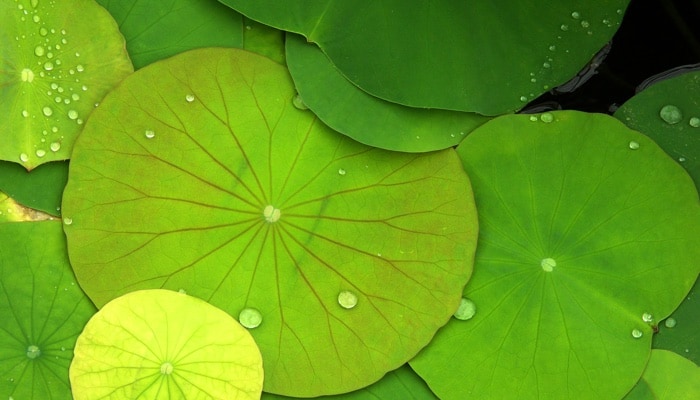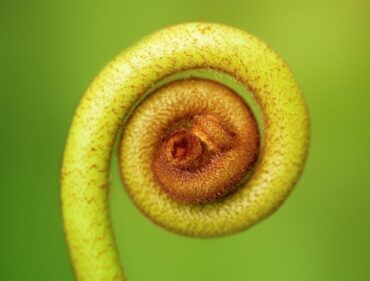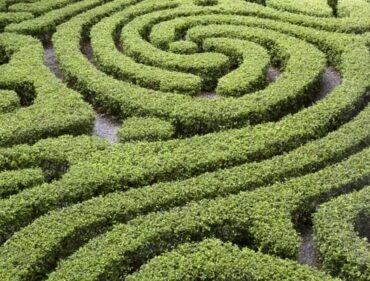Blog: Psychoactive Plants Part 3: Researching Mystical Experience
By Isa Gucciardi, Ph.D.
I am very excited about a book reading we have coming up at the Sacred Stream Center on March 9. Listening to Ayahuasca, Rachel Harris’s groundbreaking book on working with the Amazonian plant combination ayahuasca is helpful and eye opening. It deals with the realities of working with plant medicine and offers ways of integrating the experience. Finally, someone with a background in psychology and research takes the journey with you!
Rachel and I sat down over tea to talk about her book and she shared some surprising insights with me. She told me about a researcher looking at the effect of hallucinogenic experience on such symptoms as anxiety and PTSD who freely admitted he had never ingested a hallucinogenic substance. This researcher had generated a model using measures for whether a hallucinogenic experience was mystical. Yet he had also never had a mystical experience. My question, which I thought was a fairly obvious one, was “How can he measure mystical experience if he does not know what it is?” Rachel suggested that if I were to ask such a question in a research lab it might be received as a bolt of wisdom or insight – or that I might be laughed out of the room.
Talking with Rachel reminded me of a conversation I’d had, at a conference I attended recently, with a researcher from a major university who was studying shamanic states of consciousness. He was measuring the amount of time a working shaman was spending in alpha, beta, and theta states. As I spoke with him, I realized he had never experienced an altered state of consciousness other than sleep. I offered to help him experience an altered state of consciousness using hypnosis, so he could better understand what he was measuring. He looked at me as if I had lost my mind. I changed the subject.
Another surprising thing Rachel told me was that, despite renewed interest in researching the effect of hallucinogens on such concerns as anxiety and end of life issues, during her ten years of research for her book she had only met two people focused on how to integrate the insights that might emerge from these experiments in a therapeutic setting over time. I was one of them. The other was a woman who worked loosely with the Santo Daime church, a syncretic church in Brazil that combines the ingestion of ayahuasca with Catholic-church-derived ceremony.
The fact is, because of renewed interest in psyllicibin, ayahuasca, and iboge—all substances that have been important elements of the shaman’s medicine bag in cultures around the world—a lot of people are having experiences with hallucinogenic substances. Yet they may not be receiving the help they need from spiritual counselors and other health professionals to be able to integrate those experiences within the broader context of their psychological and evolutionary path.
This is due in part to the fact that researchers are measuring very narrow criteria. The researcher Rachel told me about had discounted all hallucinogenic experience that did not have a mystical (defined by his own criteria) element as non-therapeutic because it did not have an immediate and measurable effect on the one data area he was studying. How can this be? How can there be any attempt to apply such narrow definitions on the many-layered experience of the human psyche in general – and on the complex and idiosyncratic experience of the human psyche in concert with hallucinogenic substances?
In the twenty years that I have worked with people as they have been processing their encounters with hallucinogenic plants, I have found the only way to help them is to sit with them as they reveal the full extent of their experience with the substance. I have to do this without trying to categorize the information they are revealing in any way that is foreign to their experience. Any attempt to categorize their experience in this way, before it has completely unfolded itself into the larger context of the person’s life path, kills the meaning. Meaning is an elusive animal – and it must be teased out of the encounter with the plant in a way that sometimes is very subtle, even arcane.
I don’t work as frequently with people who are trying to understand their experience with chemically generated hallucinogenic substances as I do with people who have ingested psychoactive plant medicines. But many of the same methods of attaining insight apply. And one thing I know for sure is that the importance of the encounter with these substances can sometimes only be discovered over time in the context of a larger spiritual or evolutionary path.
The mystical does not reveal itself and its effect within linear timelines set by researchers. Anyone that tries to measure the mystical experience in such a way that it has to fit the measurements of research criteria in order to be meaningful will entirely miss the point of the wisdom these plants have to offer experience. More important – and much more grave – the person coming for help in understanding and integrating their experience with plant medicine and other psychotropics will be left empty-handed.
ENJOYING THE STREAM OF CONSCIOUSNESS BLOG? SIGN UP FOR FREE UPDATES!



